Home>Dining>Table Decor>How To Make Artificial Succulent Floral Arrangements
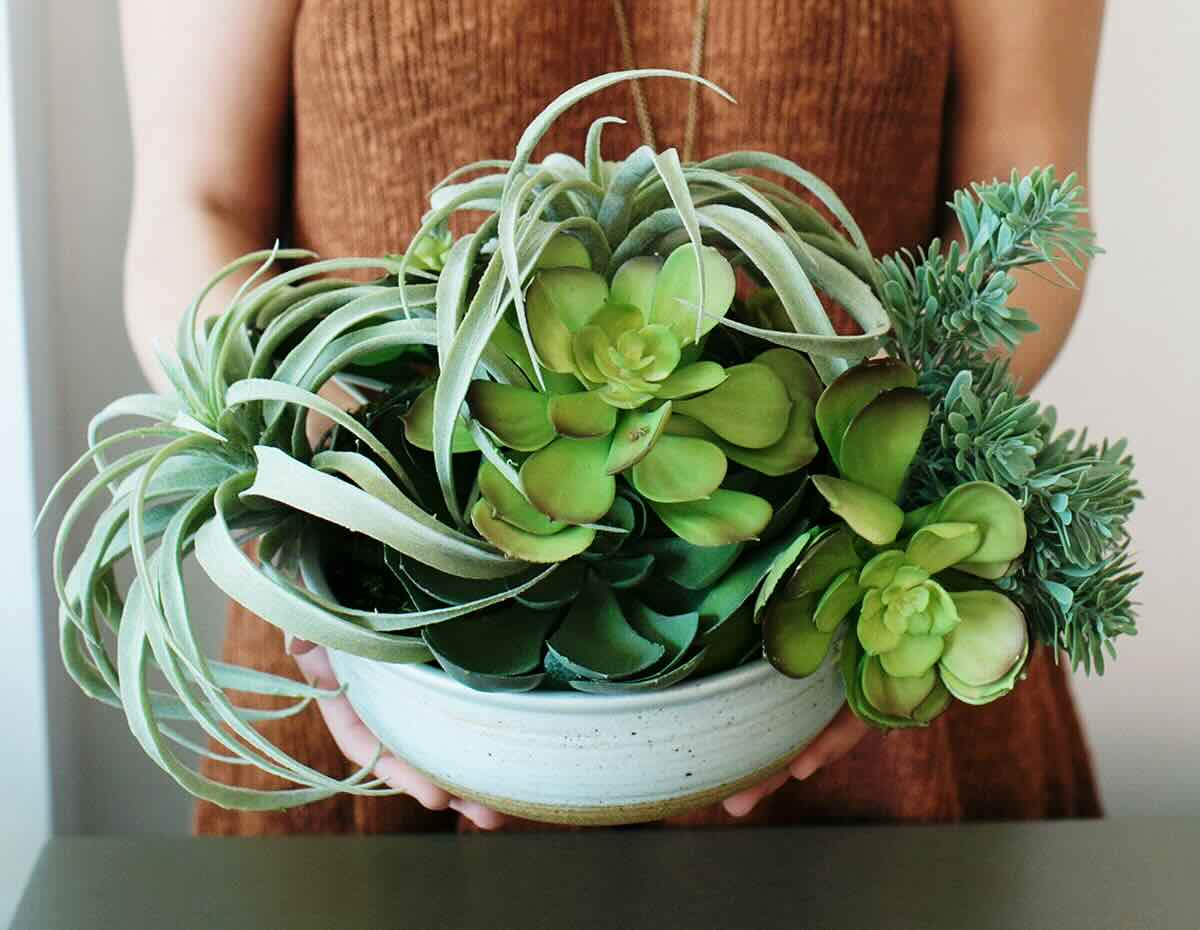

Table Decor
How To Make Artificial Succulent Floral Arrangements
Modified: January 9, 2024
Learn how to create stunning artificial succulent floral arrangements for table decor. Perfect for adding a touch of natural beauty to any space.
(Many of the links in this article redirect to a specific reviewed product. Your purchase of these products through affiliate links helps to generate commission for Storables.com, at no extra cost. Learn more)
Introduction
Welcome to the world of artificial succulent floral arrangements! If you’re looking for a way to add a touch of nature to your home or office without the hassle of live plants, artificial succulents are the perfect solution. These realistic-looking plants not only bring a sense of beauty and tranquility, but they also require minimal maintenance.
Creating your own artificial succulent floral arrangements can be a fun and rewarding DIY project. You can customize your arrangements to suit your personal style and preferences, and they make great gifts for friends and family too. In this article, we will guide you through the process of making stunning and long-lasting artificial succulent arrangements.
Before we dive into the steps, let’s talk about the materials you’ll need. To create your artificial succulent floral arrangement, you’ll need:
- Artificial succulents
- Containers
- Floral foam
- Decorative elements like moss, pebbles, or mini figurines
- Wire cutters
- Hot glue gun (optional)
Now that we have our materials ready, let’s move on to the first step – choosing the artificial succulents.
Key Takeaways:
- Create stunning artificial succulent arrangements with realistic detailing, variety of shapes, and complementary containers. Enjoy low-maintenance beauty and unleash your creativity with personalized designs.
- Secure succulents with hot glue, wire, or strategic layering for long-lasting appeal. Add filler and accents for visual interest, and maintain with gentle cleaning and thoughtful placement.
Read more: How To Make Hydrangea Floral Arrangements
Materials Needed
To create your own artificial succulent floral arrangements, you’ll need a few essential materials. Here’s a list of what you’ll need:
- Artificial Succulents: The key component of your floral arrangement will be the artificial succulents. These come in a wide variety of styles, shapes, and colors, allowing you to create a unique and visually appealing composition. Look for succulents that are made of high-quality materials and have a realistic appearance.
- Containers: Choose containers that complement the style of your succulents and the overall aesthetic you’re aiming for. You can use a variety of containers, such as pots, vases, or even unconventional items like teacups or driftwood. Make sure the containers have sufficient depth to accommodate the floral foam and the arrangement itself.
- Floral Foam: Floral foam is an essential element in arranging artificial succulents. It helps to stabilize the plants and provides a medium for inserting them into the container. Opt for a foam that is specifically designed for artificial flowers, as it will be easier to work with.
- Decorative Elements: Adding decorative elements can enhance the overall appeal of your arrangement. Consider using moss, pebbles, or small decorative figurines to add a whimsical touch. These elements can be placed around the succulents to create a natural and visually pleasing scene.
- Wire Cutters: When working with artificial succulents, you might need to trim the stems or adjust the length to fit your chosen container. Wire cutters will come in handy for this task, allowing you to easily cut and shape the succulents as needed.
- Hot Glue Gun (optional): If you want to secure the succulents or any other decorative elements more firmly in place, a hot glue gun can be useful. This is particularly helpful if you plan to transport the arrangement or if you want to ensure a secure attachment.
Now that you have all the necessary materials, let’s move on to the next step – choosing the artificial succulents for your arrangement!
Step 1: Choosing Artificial Succulents
Choosing the right artificial succulents for your floral arrangement is crucial as it sets the foundation for the overall aesthetic. Here are some tips to help you select the perfect succulents:
- Consider Size and Proportion: Look for succulents that are proportionate to the size of your container. If you’re using a small pot, opt for smaller succulents to ensure they fit well and don’t overwhelm the arrangement. On the other hand, if you’re working with a larger container, choose a mix of different-sized succulents to create a visually interesting composition.
- Look for Realistic Detailing: The beauty of artificial succulents lies in their realistic appearance. Pay attention to the detailing on the succulent leaves, such as texture, color variation, and natural-looking edges. High-quality succulents will have intricate detailing that mimics the characteristics of their live counterparts.
- Choose a Variety of Shapes and Colors: To create a visually appealing arrangement, opt for succulents with a variety of shapes and colors. Mix different types of succulents, such as echeverias, aeoniums, and haworthias, to add depth and interest to your arrangement.
- Consider the Overall Theme: Think about the theme or style you want to achieve with your arrangement. If you’re going for a desert-inspired look, opt for succulents in shades of green, gray, and brown. For a more vibrant and colorful arrangement, choose succulents with pops of purples, pinks, or oranges.
- Touch and Feel: If possible, visit a physical store to feel the texture of the succulents. High-quality artificial succulents will have a realistic feel, resembling the smooth and fleshy texture of live succulent plants. This tactile aspect adds to the overall authenticity of your arrangement.
Take your time when selecting the succulents, as they will be the focal point of your floral arrangement. Remember to consider the size, proportion, realistic detailing, variety of shapes and colors, and the overall theme you want to achieve. Once you’ve chosen your succulents, it’s time to move on to the next step – selecting containers for your arrangement.
Step 2: Selecting Containers
Now that you have chosen your artificial succulents, it’s time to select the containers that will showcase your floral arrangement. The containers you choose should complement the style and size of your succulents while also adding to the overall aesthetic appeal. Here are some tips to help you select the perfect containers:
- Consider the Style: Think about the overall style or theme you want to achieve with your arrangement. Are you going for a rustic, modern, or bohemian look? Choose containers that align with that style. For example, if you’re aiming for a rustic look, consider using terracotta pots or wooden boxes. If you’re going for a modern look, opt for sleek and minimalistic vases or geometric containers.
- Match the Scale: Consider the size and scale of your succulents when choosing containers. If you’re using small succulents, go for smaller containers that won’t overwhelm the arrangement. Conversely, if you have larger succulents, opt for larger containers that can accommodate them comfortably without crowding the arrangement.
- Think About Drainage: If you’re using containers without drainage holes, ensure that you create a layer of drainage at the bottom. This can be done by adding pebbles or rocks before placing the floral foam. Proper drainage is important to prevent water from pooling around the succulents and causing root rot.
- Mix and Match: For a visually appealing arrangement, consider using a variety of containers. Mix and match different sizes, shapes, and materials to add interest and depth. You can create a cohesive look by using containers in the same color palette or by incorporating a common element, such as a metallic finish or a specific pattern.
- Consider the Location: Think about where you plan to display your floral arrangement. If it’s going to be placed on a narrow shelf, choose containers with a smaller footprint. If you’re creating a centerpiece for a dining table, opt for a longer and narrow container to ensure it doesn’t obstruct the line of sight. Consider the space and surroundings when selecting containers.
Remember, the containers you choose should enhance the beauty of your succulents and contribute to the overall visual impact of your arrangement. Once you have selected the containers, it’s time to set your table for the next step – preparing the containers for the arrangement!
Step 3: Preparing the Containers
Now that you have chosen your containers, it’s time to prepare them for your artificial succulent floral arrangement. Proper preparation ensures that your arrangement is stable, secure, and visually appealing. Here are the steps to prepare your containers:
- Clean the Containers: Start by cleaning the containers to remove any dust or debris. This will ensure a fresh and polished look for your arrangement. Wipe the containers with a damp cloth or gently wash them with mild soap and water if needed. Allow them to dry completely before proceeding.
- Add Floral Foam: Cut a piece of floral foam to fit the size and shape of your container. Soak the foam in water until it becomes saturated. Gently press the moist foam into the container, ensuring a snug fit. If needed, secure the foam in place with a dab of hot glue or floral tape.
- Trim the Floral Foam: Once the foam is in place, trim any excess foam that may be protruding above the rim of the container. You want the foam to sit slightly below the rim to allow for the arrangement to be built up and prevent it from looking top-heavy.
- Secure the Foam (optional): If you want added stability, you can choose to secure the floral foam to the container using hot glue or floral adhesive. Apply a small amount of glue to the bottom of the foam and press it firmly onto the container. This step is especially useful if you plan to transport or move the arrangement frequently.
- Consider a Liner (optional): Depending on the material of your container and the type of arrangement you want to create, you may choose to use a liner. A liner can help protect porous containers from moisture or provide a barrier between the foam and the container. You can use plastic wrap, a plastic liner, or even a small plastic pot as a liner.
By properly preparing your containers, you ensure that your artificial succulent floral arrangement has a stable foundation. Once the containers are ready, it’s time to move on to the exciting part – assembling the floral arrangement!
When making artificial succulent floral arrangements, start by choosing a variety of succulents in different shapes, sizes, and colors to create a visually appealing and realistic arrangement.
Read more: How To Make Easter Floral Arrangements
Step 4: Assembling the Floral Arrangement
Now that your containers are prepared, it’s time to start assembling your artificial succulent floral arrangement. This step involves strategically placing the succulents and other decorative elements to create a visually pleasing composition. Here’s how to do it:
- Plan Your Layout: Before you start placing the succulents, take a moment to plan your layout. Consider the size, shape, and color of each succulent, as well as any decorative elements you want to incorporate. Visualize how you want the arrangement to look and use this as a guide while assembling.
- Insert the Succulents: Begin by inserting the succulents into the floral foam. Use wire cutters to trim the stems if needed. Start with the larger succulents and place them towards the back or center of the arrangement. Gradually work your way towards the front with the smaller succulents. Vary the heights and angles of the succulents to create depth and interest.
- Fill in the Gaps: Once all the succulents are in place, assess the arrangement and fill in any gaps or empty spaces with smaller succulents. This will create a fuller and more cohesive look. You can also use smaller succulents to cascade over the edges of the containers for a whimsical touch.
- Arrange Decorative Elements: Next, add the decorative elements to enhance the overall look. Place moss around the succulents to create a natural and organic feel. Scatter pebbles or stones to add texture and interest. You can also incorporate mini figurines, seashells, or other personal touches that align with your desired aesthetic.
- Step Back and Assess: Once you’ve arranged all the elements, take a step back and assess the overall look of your floral arrangement. Ensure that there is a balanced distribution of colors, shapes, and sizes. Make any adjustments or tweaks as needed to achieve the desired visual impact.
Remember to be creative and have fun while assembling your artificial succulent floral arrangement. Experiment with different positioning and combinations until you’re satisfied with the result. Once your arrangement is complete, it’s time to move on to the next step – securing the succulents in place.
Step 5: Securing the Succulents
Now that you have assembled your artificial succulent floral arrangement, it’s important to secure the succulents in place to ensure they stay in position and maintain their visual appeal. Here are some tips on how to secure the succulents:
- Hot Glue Method: One effective way to secure the succulents is by using a hot glue gun. Carefully lift each succulent and apply a small amount of hot glue to the stem or base. Then, gently press the succulent back into the floral foam, holding it in place for a few seconds until the glue sets. This method provides a strong bond and works well for heavier or larger succulents.
- Floral Picks or Floral Wire: For smaller and lighter succulents, you can use floral picks or floral wire to provide additional stability. Insert the pick or wire into the base of the succulent and then push it firmly into the floral foam. This method allows for easy repositioning of the succulents if needed.
- Layering Method: Another technique is to strategically layer the succulents so that they support each other. Place larger succulents towards the back or center of the arrangement and use smaller ones to fill in the gaps. The overlapping and interlocking of the succulents will create a natural support system.
- Balance and Adjust: As you secure the succulents, pay attention to the overall balance and appearance of the arrangement. Step back periodically to assess if any adjustments are needed. Ensure that the arrangement looks visually appealing from different angles.
- Be Mindful of Overcrowding: While it’s tempting to fill the arrangement with as many succulents as possible, be mindful of overcrowding. Leave some negative space to allow each succulent to stand out and be appreciated. Overcrowding can make the arrangement look cluttered and detract from the natural beauty of the succulents.
By taking the time to secure the succulents in your arrangement, you ensure that they remain in place and maintain their visual appeal. Once the succulents are secure, it’s time to move on to the next step – adding filler and accents to complete the arrangement.
Step 6: Adding Filler and Accents
Now that your succulents are securely in place, it’s time to add filler and accents to enhance the overall beauty and visual interest of your artificial succulent floral arrangement. Here are some ideas for adding filler and accents:
- Moss: Moss is a popular filler that adds a natural and textured look to your arrangement. Gently tuck pieces of moss between the succulents and around the edges of the container. This will help cover any exposed floral foam and give a finished appearance.
- Pebbles and Stones: Pebbles and small stones can be used to add texture and depth to your arrangement. Place them strategically around the succulents or create a path of stones winding through the arrangement. This will create visual interest and mimic a natural environment.
- Driftwood or Branches: If you’re going for a more rustic or organic look, consider adding driftwood or small branches to your arrangement. These can be tucked among the succulents or used as a focal point. They add visual height and give a unique touch to your design.
- Air Plants or Tillandsias: Air plants are another great addition to your arrangement. These unique plants don’t require soil and can be placed directly on top of the floral foam or attached to driftwood for an interesting display. Air plants offer a contrasting texture and a touch of greenery to complement the succulents.
- Ribbon or Twine: To add a decorative touch, consider wrapping ribbon or twine around the container or creating a bow. Choose a color that complements the succulents and the overall style of your arrangement. This simple addition can elevate the look and tie the elements together.
- Preserved or Dried Flowers: In addition to the succulents, you can add dried or preserved flowers to your arrangement. These can provide pops of color, texture, and height variation. Choose flowers that complement the succulents and create a harmonious blend of elements.
As you add filler and accents, take a step back to assess the arrangement and make any necessary adjustments. Maintain a balance between the succulents and the filler elements, ensuring that they enhance each other without overpowering the overall design.
With the filler and accents in place, your artificial succulent floral arrangement is almost complete. The final step is to add some finishing touches and take note of maintenance tips, which we will cover in the next step!
Step 7: Final Touches and Maintenance Tips
Congratulations on creating your beautiful artificial succulent floral arrangement! Now, let’s add some final touches and go over some essential maintenance tips to ensure that your arrangement looks stunning and lasts for a long time. Here’s what you need to do:
- Clean and Dust: Regularly clean and dust your artificial succulent arrangement to keep it looking fresh and vibrant. Gently wipe the leaves and decorative elements with a soft cloth or use a small brush to remove any dust buildup. This will help maintain the realistic appearance of the succulents.
- Avoid Direct Sunlight: Place your arrangement in an area away from direct sunlight. While artificial succulents are not affected by sunlight like live plants, prolonged exposure to sunlight can cause fading or discoloration over time. Indirect or filtered light is ideal for preserving the vibrancy of your arrangement.
- Avoid Extreme Temperatures: Artificial succulents can be sensitive to extreme temperatures. Avoid placing your arrangement in areas with drastic temperature fluctuations, such as near heaters, air conditioning vents, or drafty windows. Optimal room temperature is best for maintaining the longevity of your arrangement.
- Rotate Occasionally: To ensure even growth and prevent your succulents from leaning towards a light source, rotate your arrangement every few weeks. This will allow all sides of the arrangement to receive adequate light and prevent lopsided growth.
- Check for Loose Elements: Periodically inspect your arrangement for any loose elements, such as moss, pebbles, or decorative figurines. If you notice anything out of place, gently adjust or secure it back into position. This will help maintain the integrity and visual appeal of your arrangement.
- Refresh as Needed: Over time, you may find that certain elements of your arrangement require refreshing or replacing. Artificial succulents can last for a long time, but occasionally swapping out worn or discolored components can keep your arrangement looking its best. You can easily replace individual succulents or add new filler elements to give a fresh look to your arrangement.
- Enjoy and Showcase: Finally, don’t forget to enjoy your creation and proudly showcase your artificial succulent floral arrangement. Display it in a prominent location where it can be admired by yourself and others. Whether it’s in your living room, office, or as a centerpiece on your dining table, let your arrangement bring beauty and serenity to the space.
By following these maintenance tips and giving your arrangement the occasional sprucing up, you can enjoy the long-lasting beauty of your artificial succulent floral arrangement for years to come.
Now that you have completed all the steps and learned the maintenance tips, it’s time to sit back and admire your stunning creation. Well done!
Remember, artificial succulent floral arrangements are a wonderful alternative to live plants, as they bring the beauty of nature without the need for constant care and upkeep. Enjoy the tranquil ambiance and visual allure that your arrangement brings to your space!
Read more: How To Make Silk Floral Arrangements
Conclusion
Congratulations on completing your journey into the world of artificial succulent floral arrangements! You have learned the step-by-step process of creating stunning and long-lasting arrangements that will bring a touch of nature to any space, without the need for constant maintenance. As a recap, let’s go over the key points we covered:
First, we discussed the materials you’ll need for your arrangement, including artificial succulents, containers, floral foam, decorative elements, wire cutters, and a hot glue gun. These materials will serve as the foundation for your creative and personalized arrangements.
Next, we delved into the step-by-step process. We explored how to choose the right artificial succulents based on size, proportion, realistic detailing, variety, and overall theme. We then moved on to selecting containers that match the style and scale of your succulents, considering factors like drainage and location.
Preparing the containers involved cleaning them, adding floral foam, and ensuring a secure fit. Assembling the floral arrangement involved planning the layout, inserting the succulents, and filling in any gaps with smaller succulents. We learned about securing the succulents in place using methods such as hot glue, floral picks, or wire, while also being mindful of overcrowding.
To enhance the beauty of the arrangement, we explored adding filler and accents such as moss, pebbles, branches, air plants, ribbon, or dried flowers. These elements added texture, interest, and depth to the overall design. We then discussed the final touches and essential maintenance tips, including cleaning and dusting, placement considerations, and periodic rotation and refreshment of the arrangement.
Now, you can proudly display your artificial succulent floral arrangement and enjoy its beauty for years to come. Remember to find the perfect spot where it can be admired and appreciated. This DIY project allows you to unleash your creativity and create unique arrangements that reflect your personal style and preferences.
Whether it’s bringing a touch of nature to your home, enhancing your office space, or creating thoughtful gifts for loved ones, artificial succulent floral arrangements are a versatile and low-maintenance way to add beauty and tranquility to any environment. So, gather your materials, let your creativity flow, and embark on the art of creating stunning artificial succulent floral arrangements!
Happy arranging!
Frequently Asked Questions about How To Make Artificial Succulent Floral Arrangements
Was this page helpful?
At Storables.com, we guarantee accurate and reliable information. Our content, validated by Expert Board Contributors, is crafted following stringent Editorial Policies. We're committed to providing you with well-researched, expert-backed insights for all your informational needs.
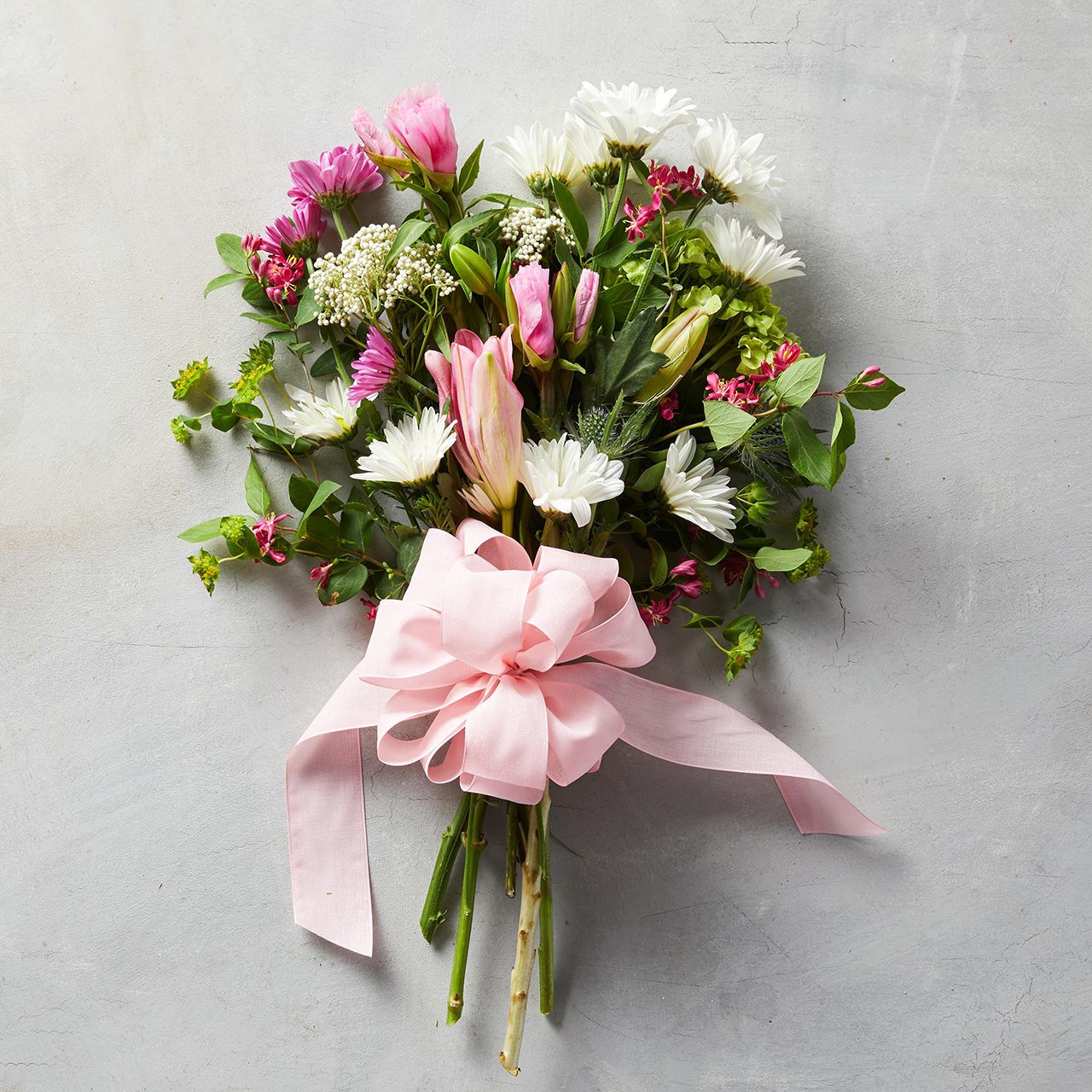
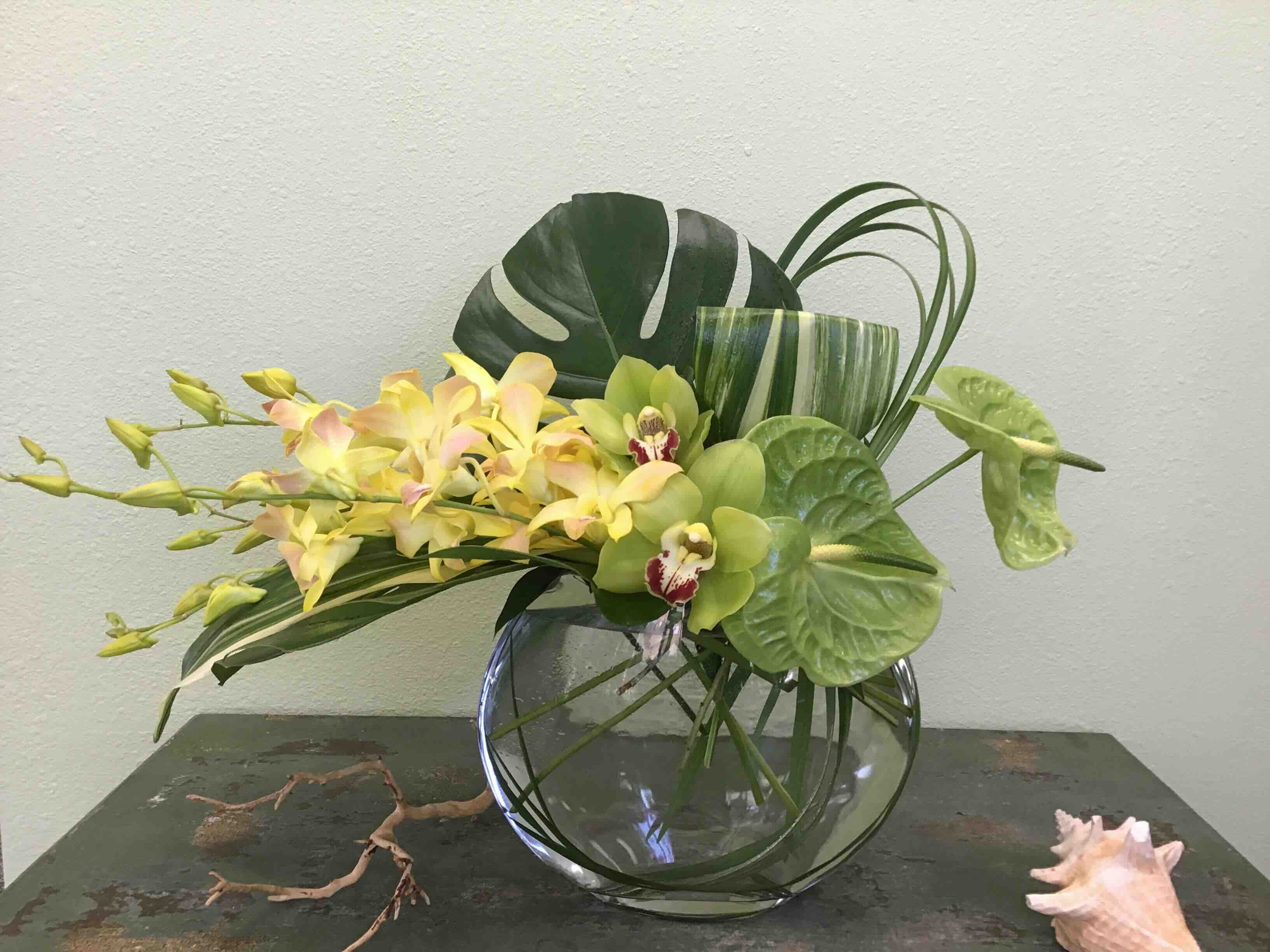
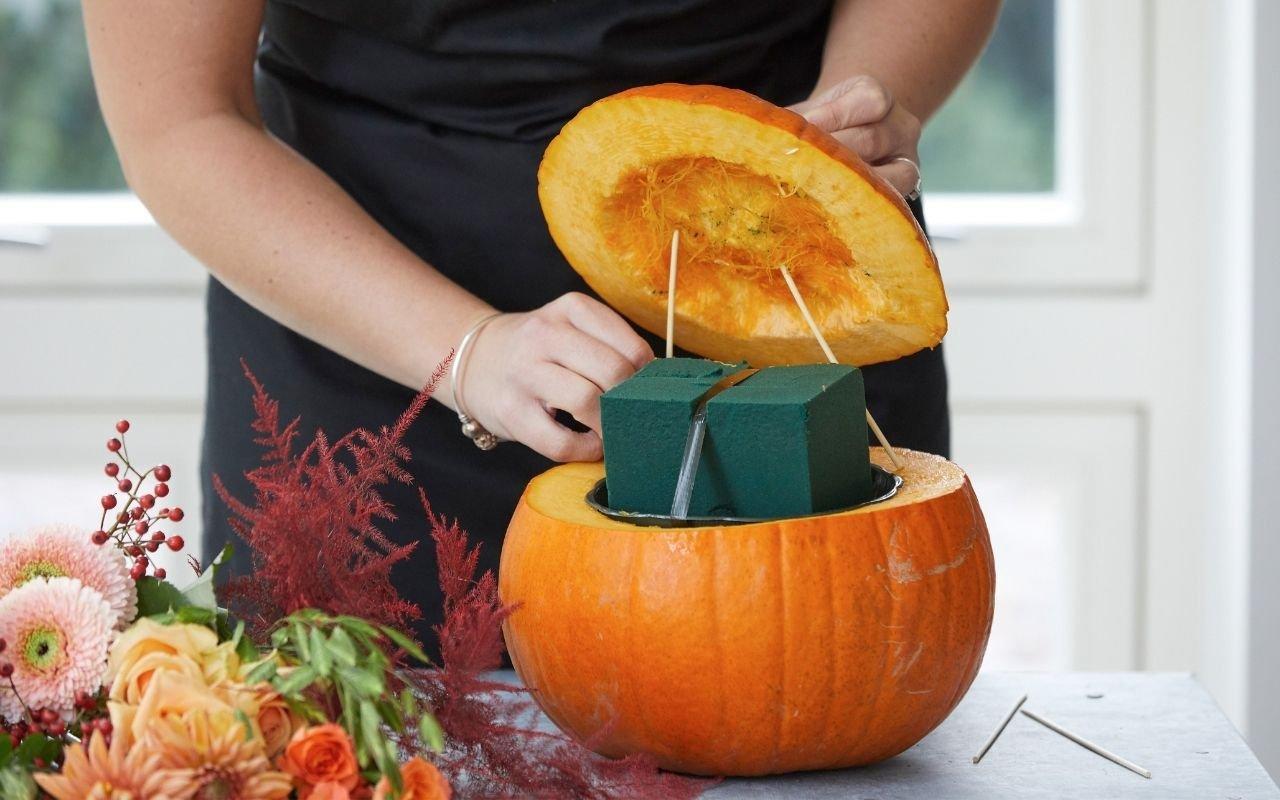
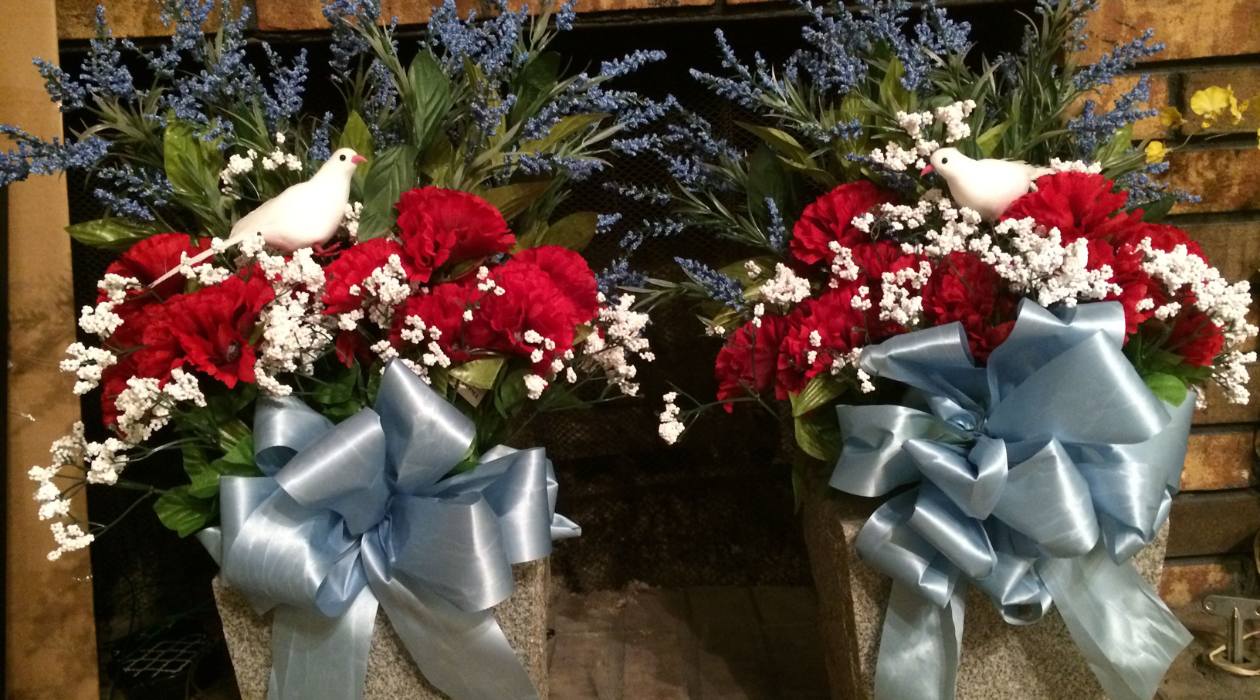
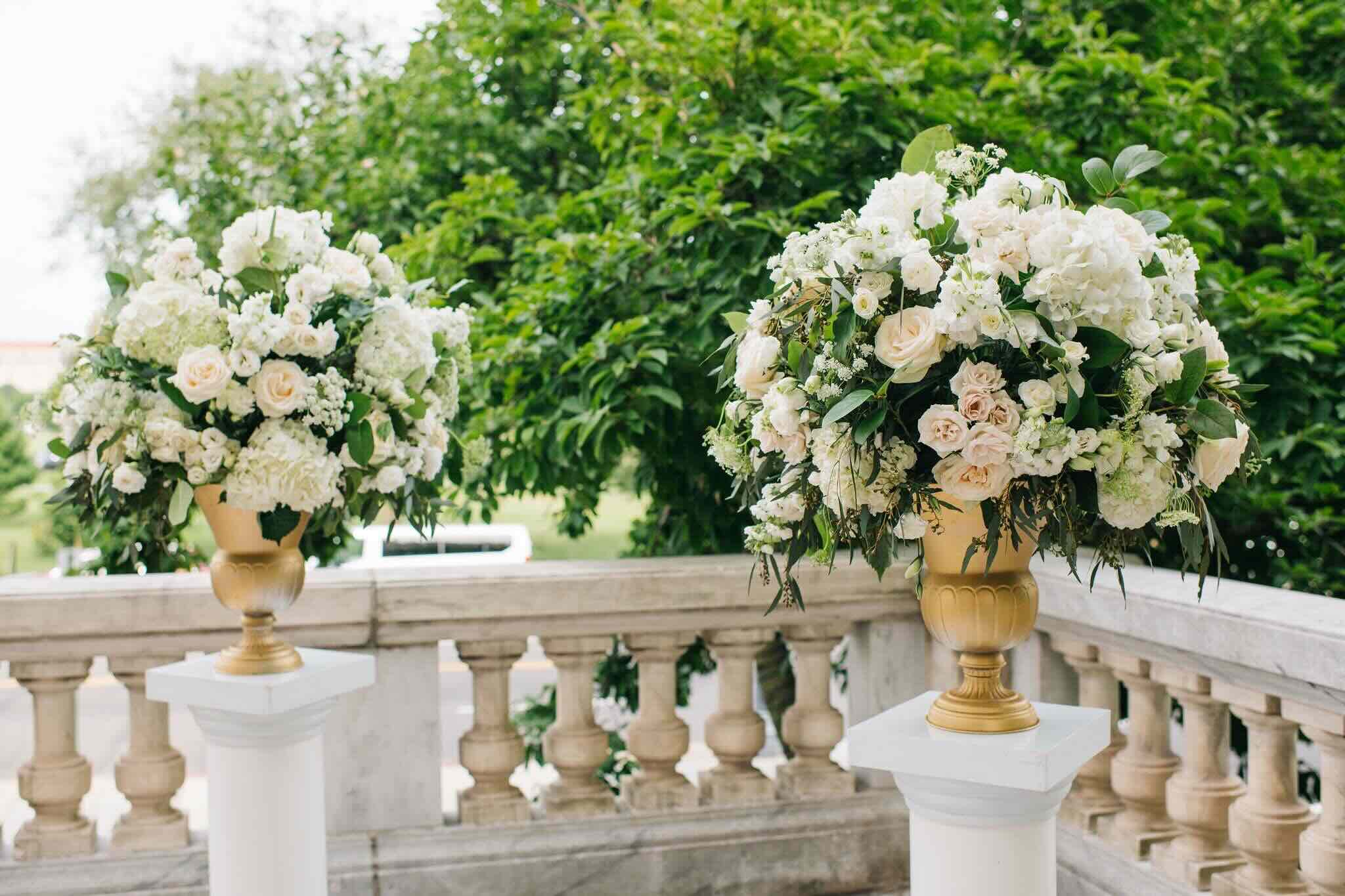
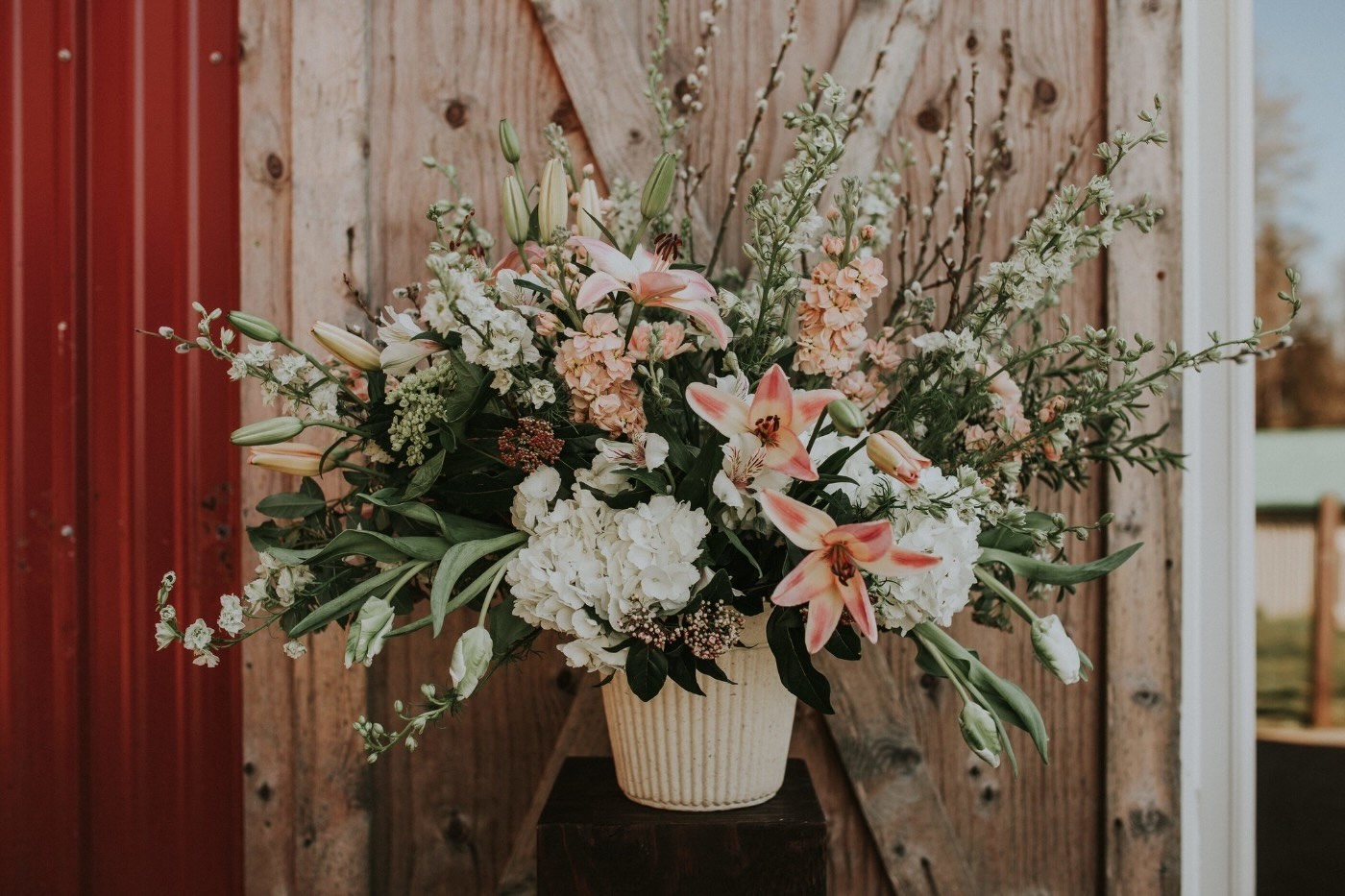
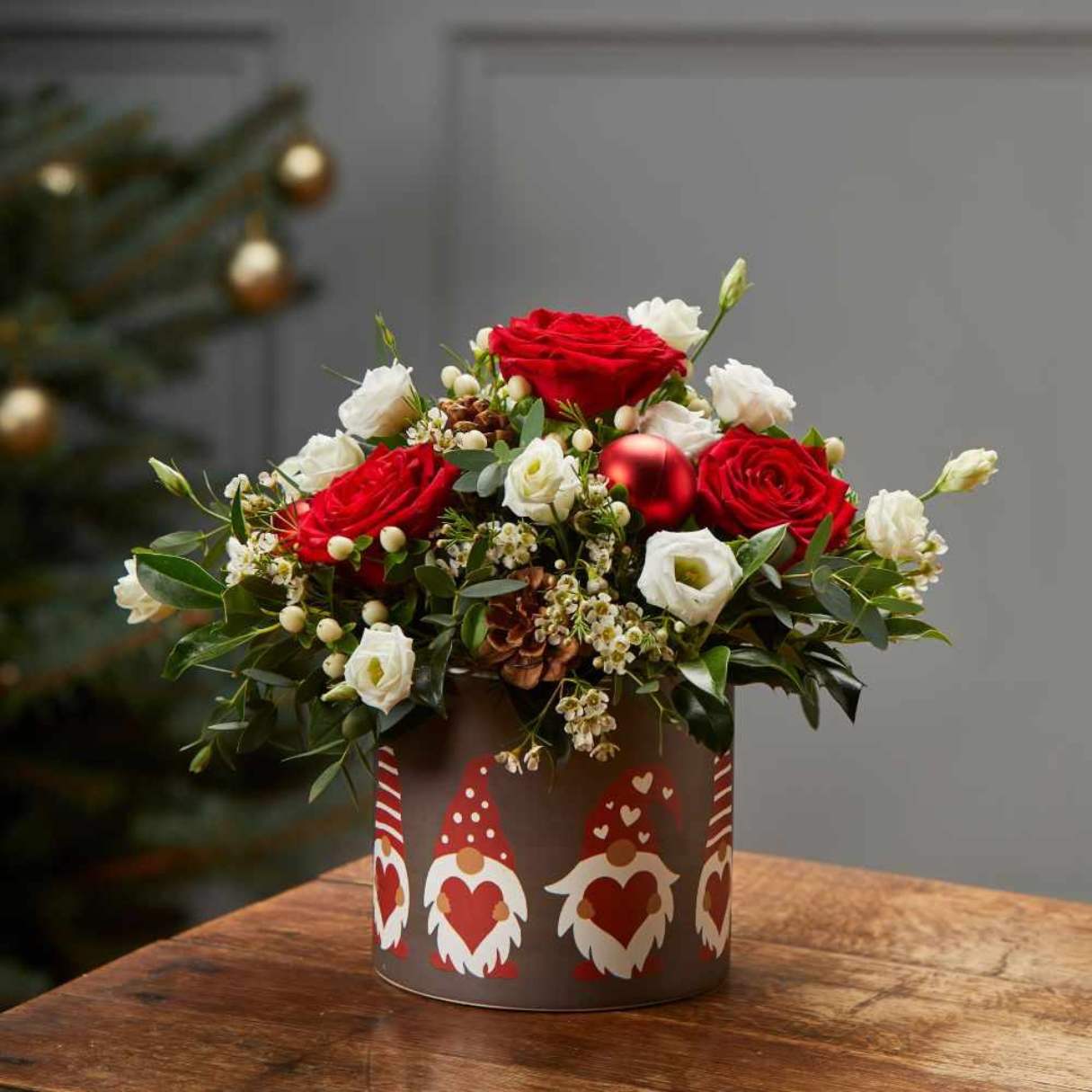
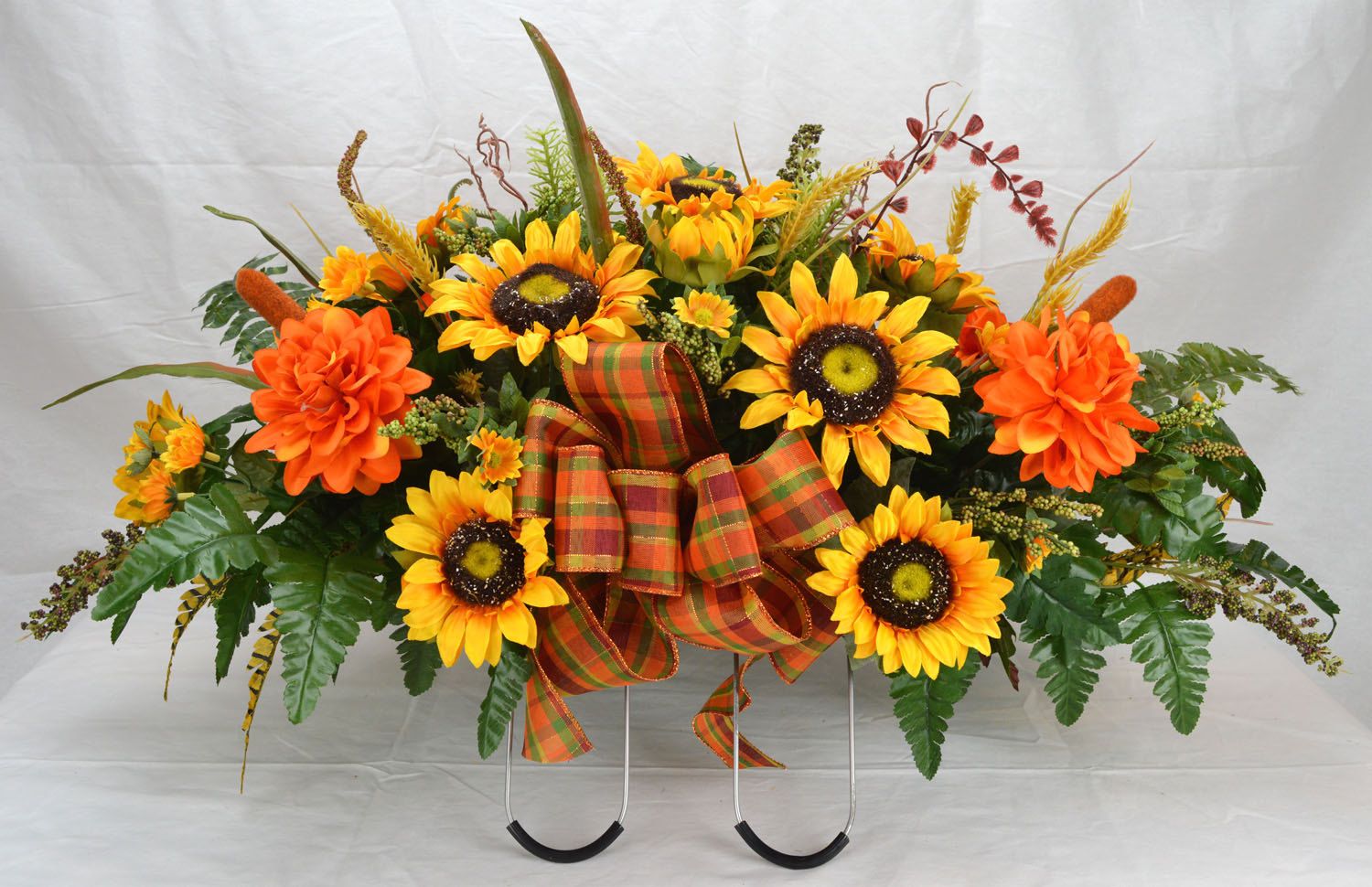
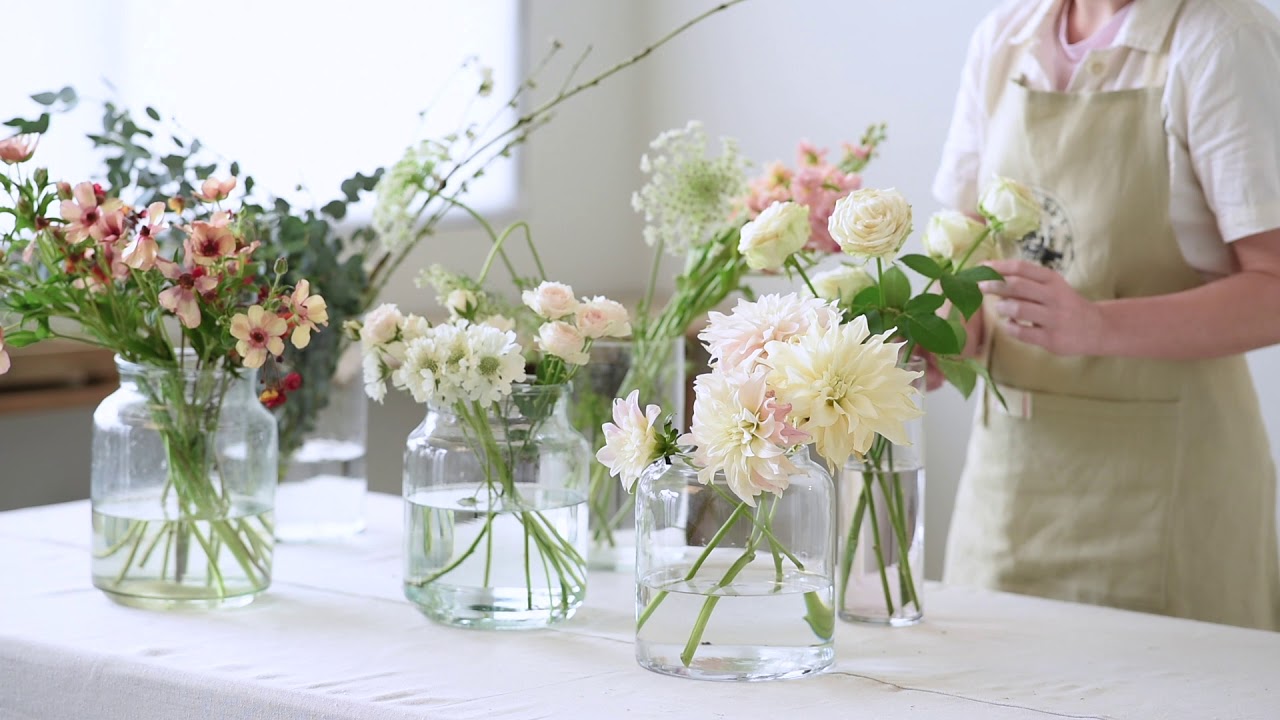
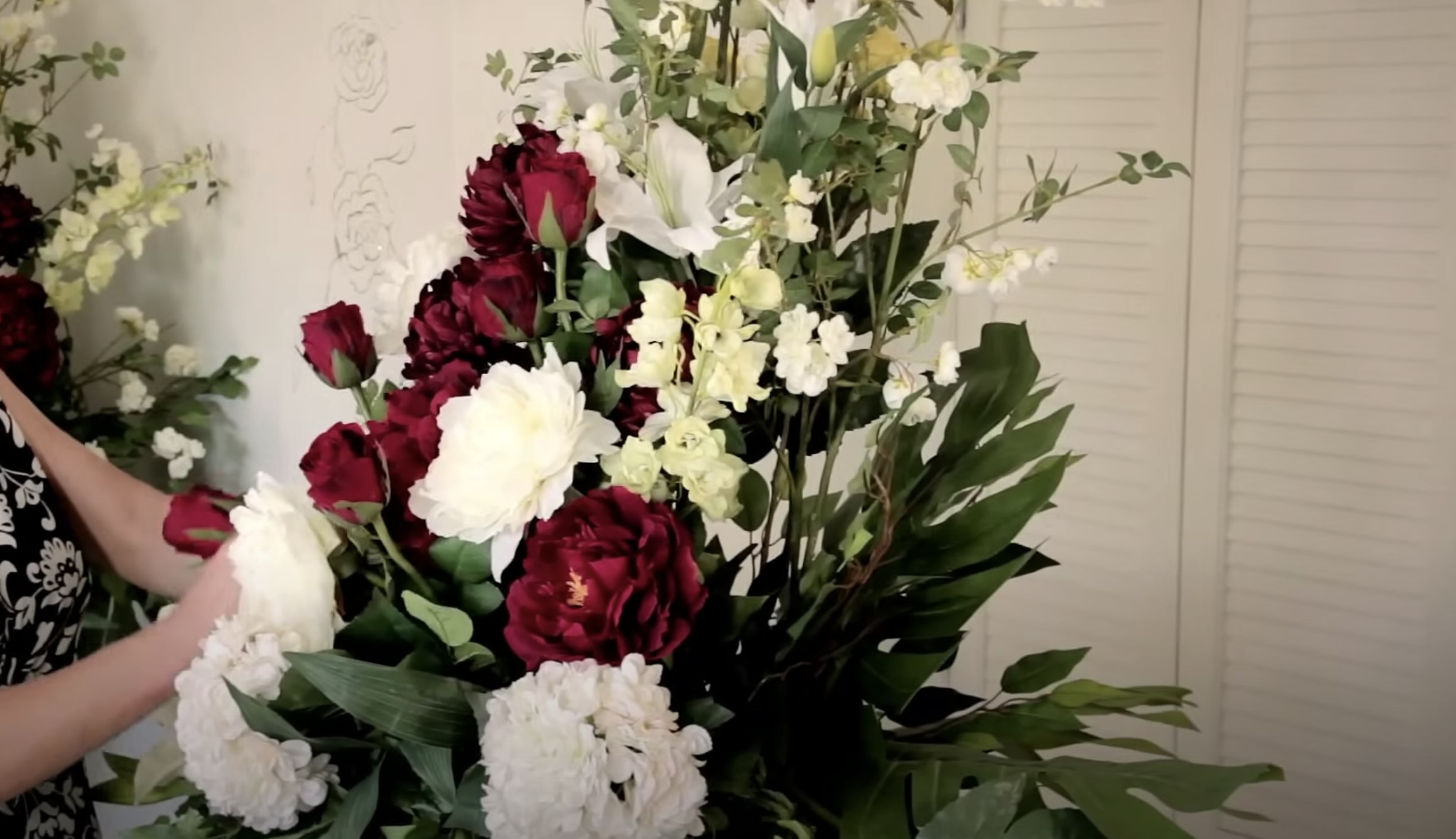
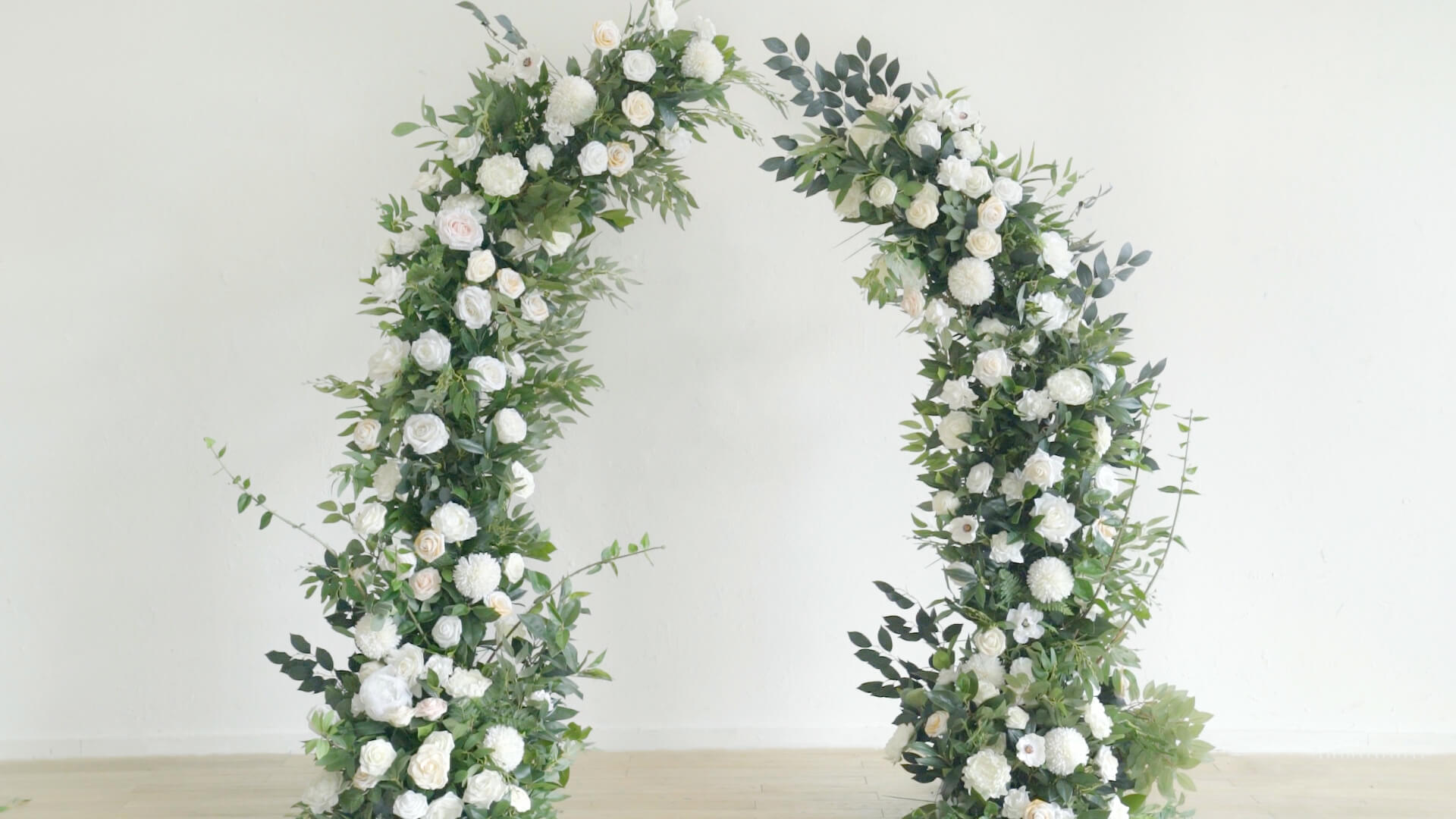
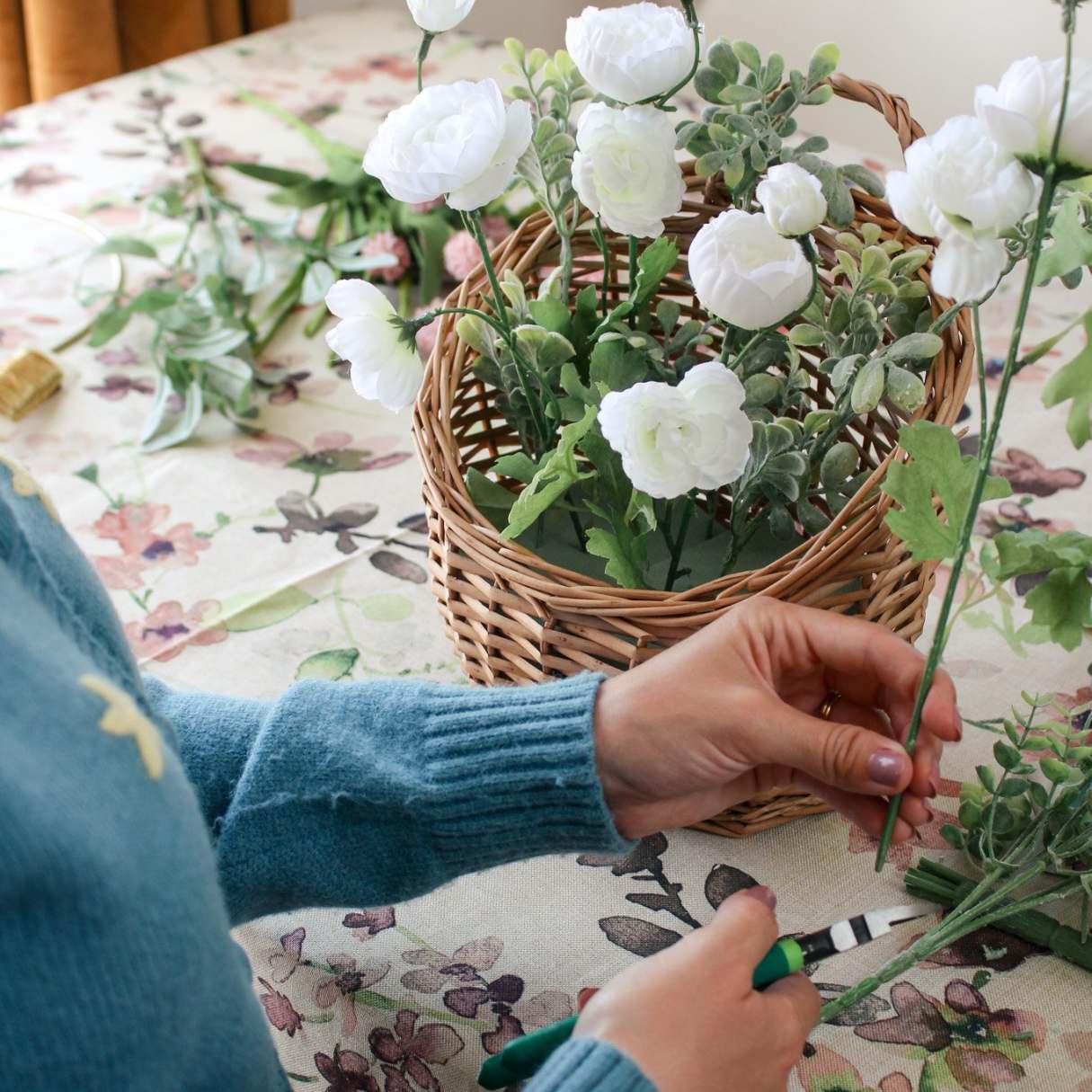
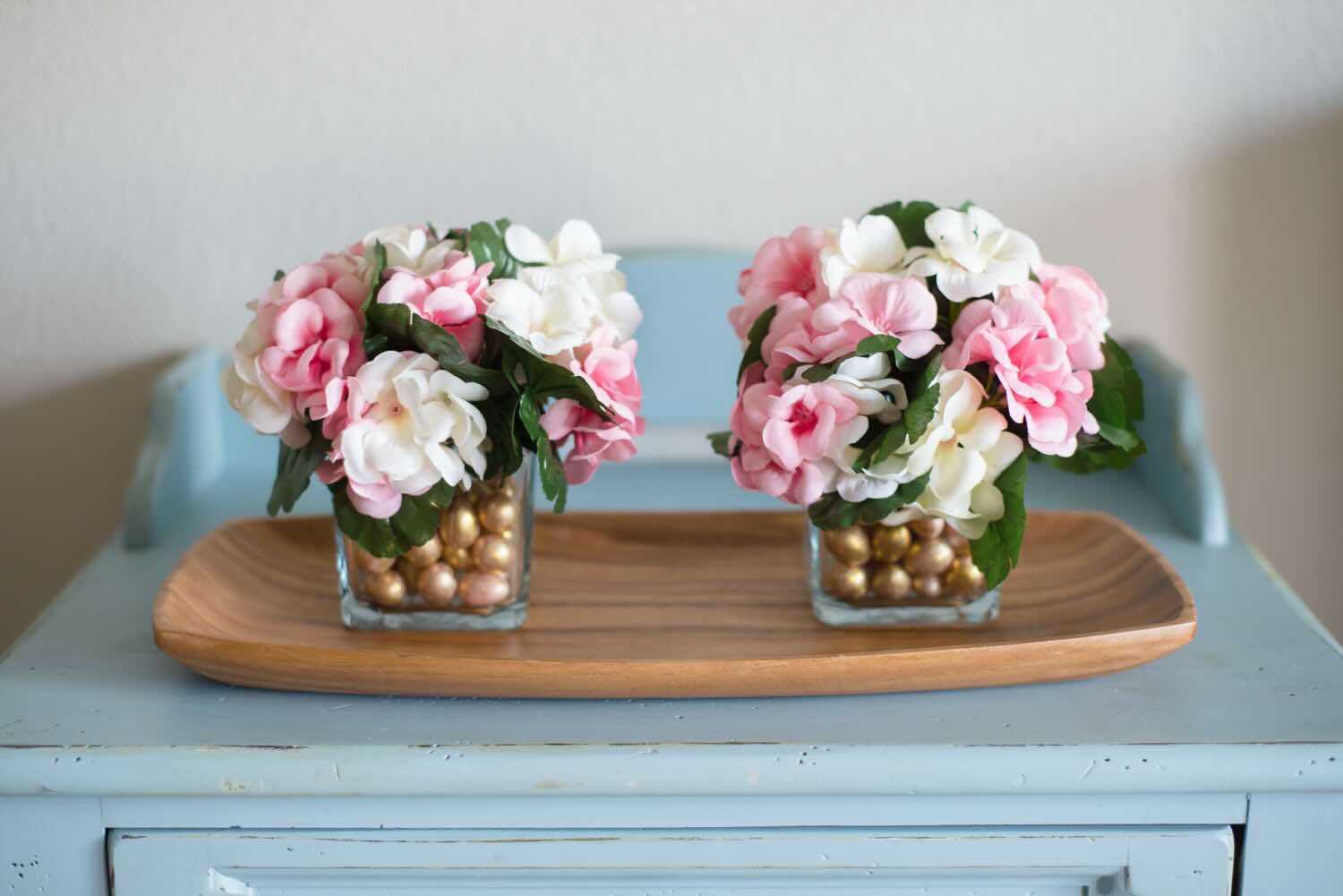

0 thoughts on “How To Make Artificial Succulent Floral Arrangements”